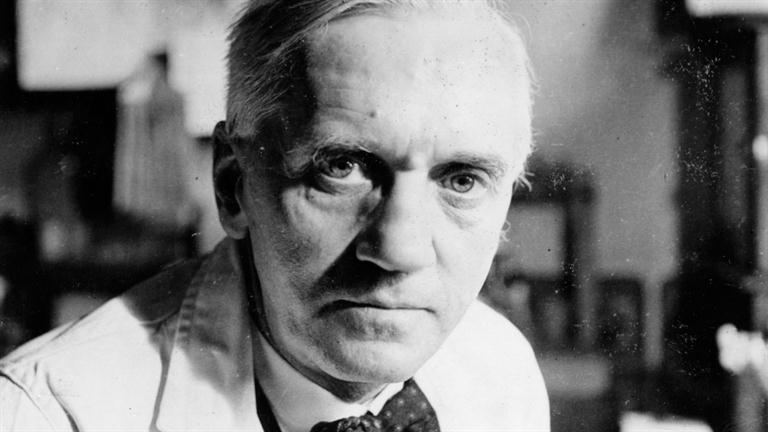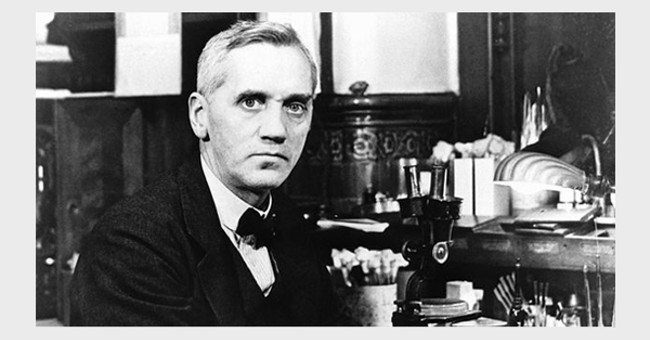He Discovered Penicillin By Accident
After vacationing with his family in Suffolk, Fleming returned to his laboratory on September 3, 1928. He put staphylococci on culture plates and left them on a bench in a corner of his lab before departing for his vacation. Upon his return, Fleming discovered that one culture was contaminated with a fungus and that the staphylococci colonies next to the fungus had been destroyed, while those staphylococci colonies farther away were healthy. He determined that the mold belonged to the Penicillium genus.
The Alexander Fleming Laboratory Museum at St. Mary's Hospital in Paddington preserves the space where Fleming first developed and tested penicillin. In 1966, it was determined that La Touché's chamber, which was directly beneath Fleming's, was the fungus's source.
Fleming developed the mold in pure culture and discovered that the broth from the culture contained an antibiotic component. He looked into how it affected various organisms and found that it had an antibacterial effect on bacteria like staphylococci and many other Gram-positive pathogens that cause scarlet fever, pneumonia, meningitis, and diphtheria, but not on the Gram-negative bacteria that cause typhoid fever or paratyphoid fever, for which he was looking for a treatment at the time. Neisseria gonorrhea, a gram-negative bacterium that causes gonorrhea, was also impacted. He first referred to the antibacterial ingredient included in the mold as “mold juice” or “the inhibitor” for a number of months before naming it penicillin on March 7, 1929.
Although it has encountered resistance in some regions of the world, the medication is still routinely used to treat respiratory infections like pneumonia and acute exacerbations.









